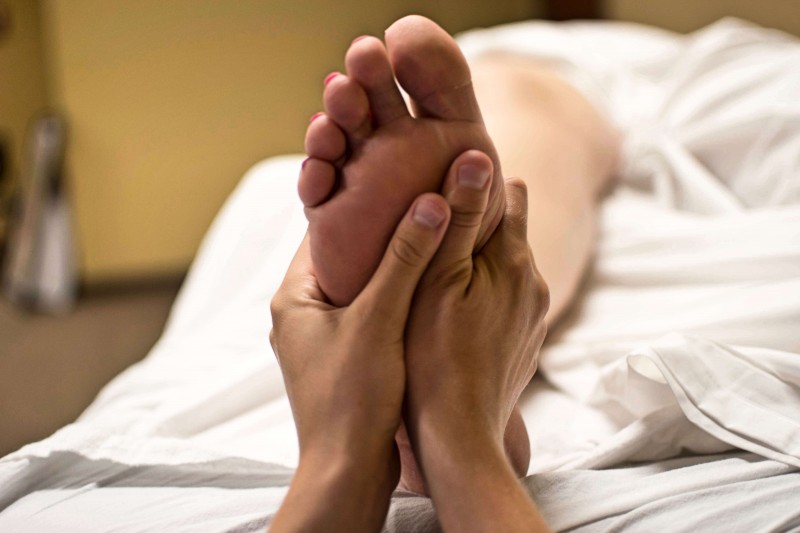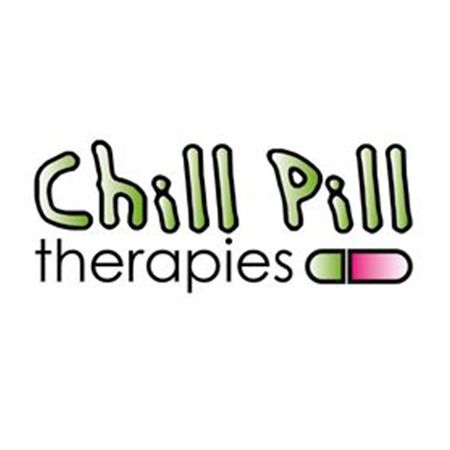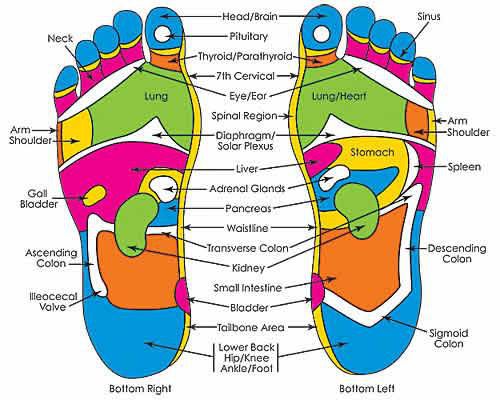
Reflexology as we know it today started as a theory called Zone Therapy in the United States in the early 1900s. The positioning and effects of certain points lead doctors William Fitzgerald and Eunice Ingham to create an anatomical map of the body on the foot. Although most ancient cultures had some form of foot therapy, many had faded out and this time period saw foot therapy reborn.
Reflexology, due to its profoundly relaxing nature, can bring relief directly to the area of the body where tension is held thereby easing and relieving symptoms. There are however numerous styles and approaches used in reflexology.
The Rwo Shur Method
Practised in many parts of Asia, this method of reflexology combines thumb-sliding and pressure techniques, incorporating the knuckles and sometimes small, wooden sticks. The pressure is firm and a cream is used to enhance flowing motion. A session usually lasts about 30 minutes with the focus being on stimulation rather than relaxation.
The Ingham Method
This is the most common of the reflexology methods practised around the world today. Pressure is applied by “thumbwalking” whereby the thumb (or finger) bends and straightens whilst maintaining a constant pressure across the area of the foot being worked. The extent of pressure depends on the pain tolerance of the patient. The therapy focuses on relaxation and balancing the body systems. It is always holistic, working all reflexes in the one-hour session.
New Approaches
New approaches and techniques are rapidly evolving as therapists around the world develop and share their experiences and clinical findings. Increasingly, acupressure points (Acupuncture) and concepts relating to energy therapies are being used within a reflexology session.
Hand and ear reflexology, although not new, are being used more widely now in addition to foot reflexology. Many reflexologists will link reflexes together to encourage and balance energy flow.
In Australia, reflexologists are training in a wide variety of methods and techniques. This means that the therapist can provide a reflexology session uniquely suited to the specific needs of each client.
|
Do you have a natural health & wellness business? |









